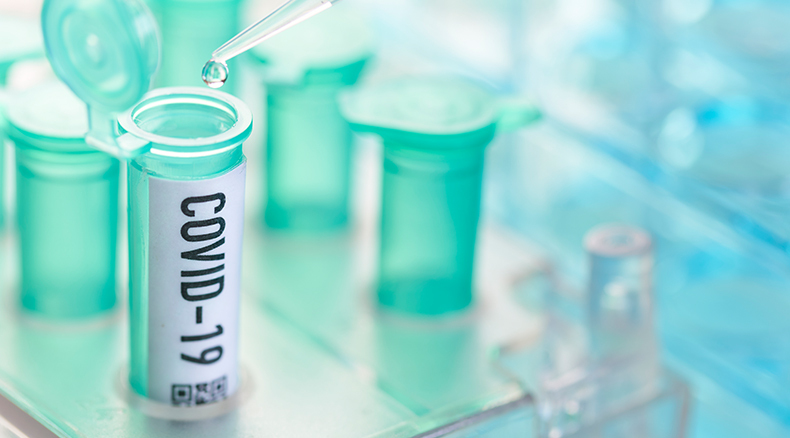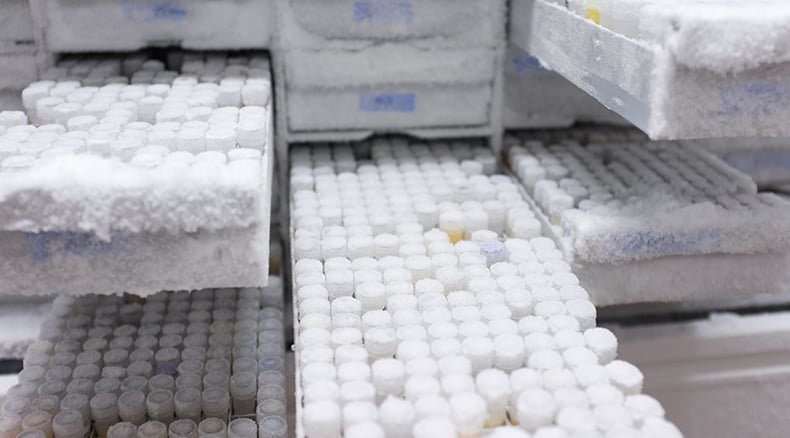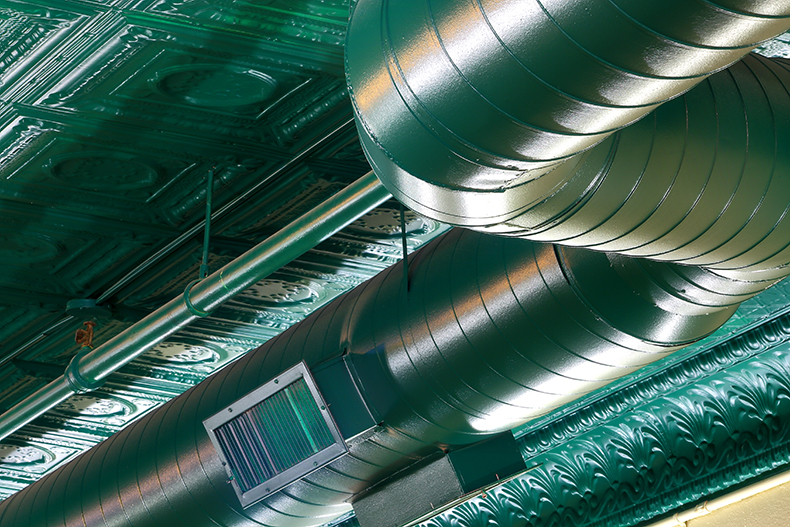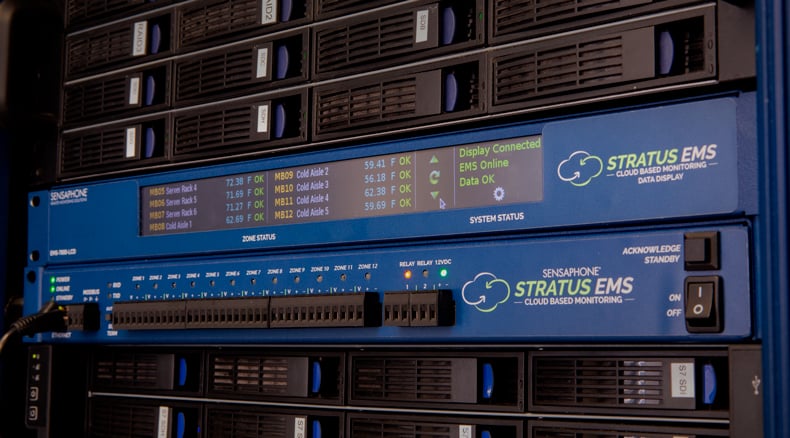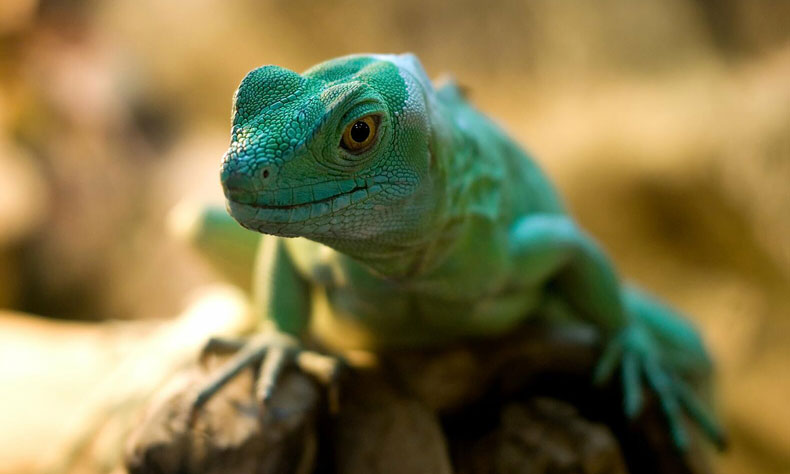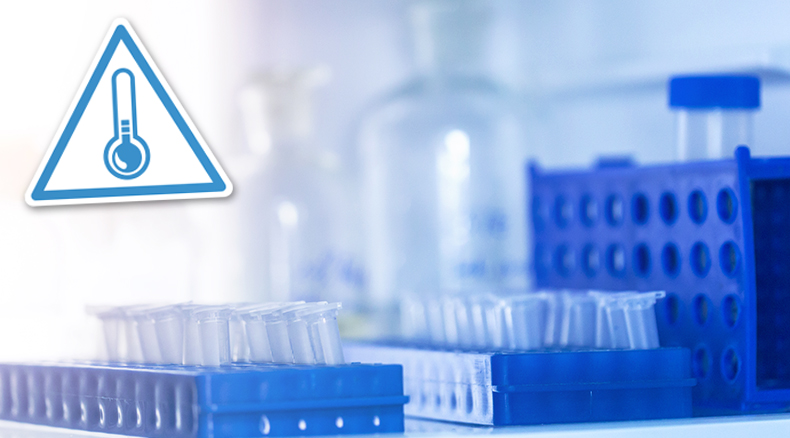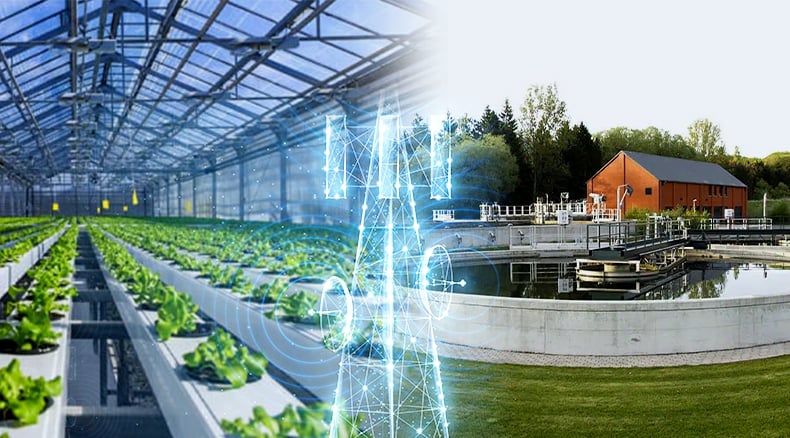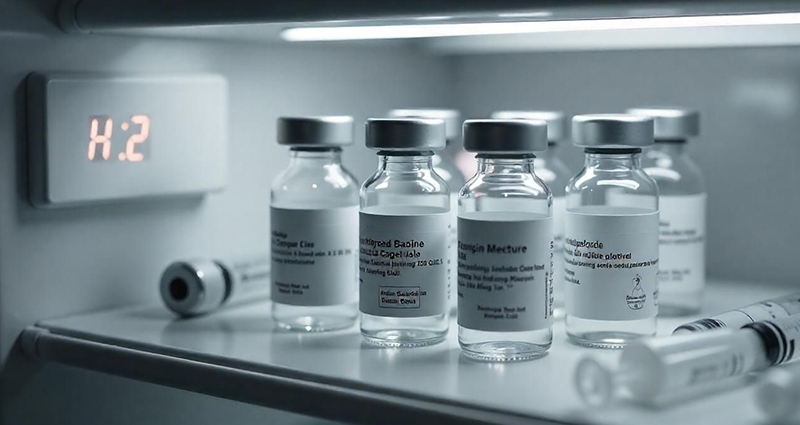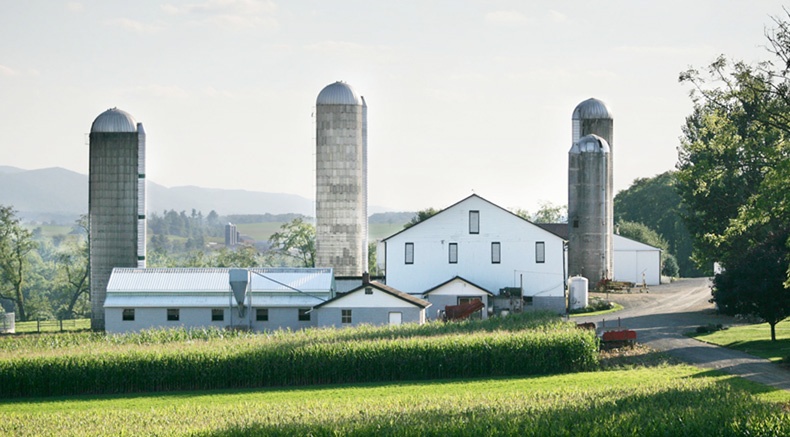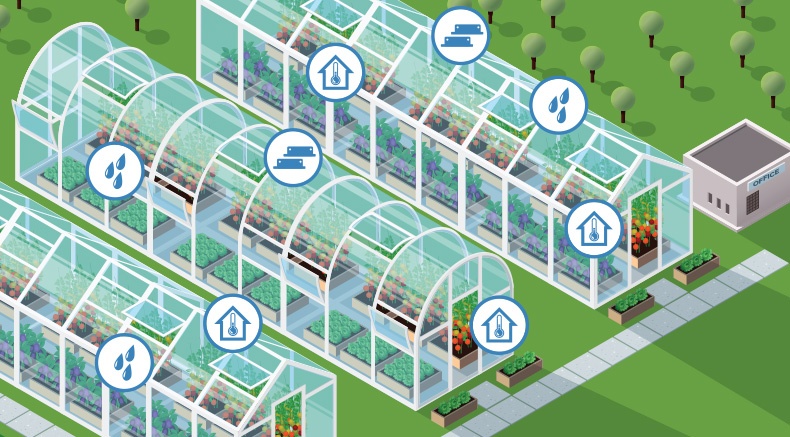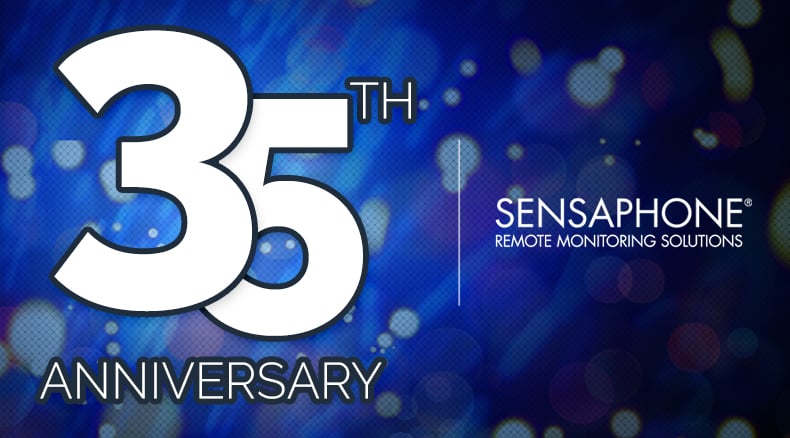
It all started with a sunken boat. Twice in the same year, Ken Blanchard’s unattended boat sank while docked in Somers Point, New Jersey. The bilge pump failed after stormy weather, and the vessel took on water. As luck would have it, Ken was an engineer. He began to think of a way to create a remote device that could monitor conditions and notify people when their boat was in trouble while they were away.

